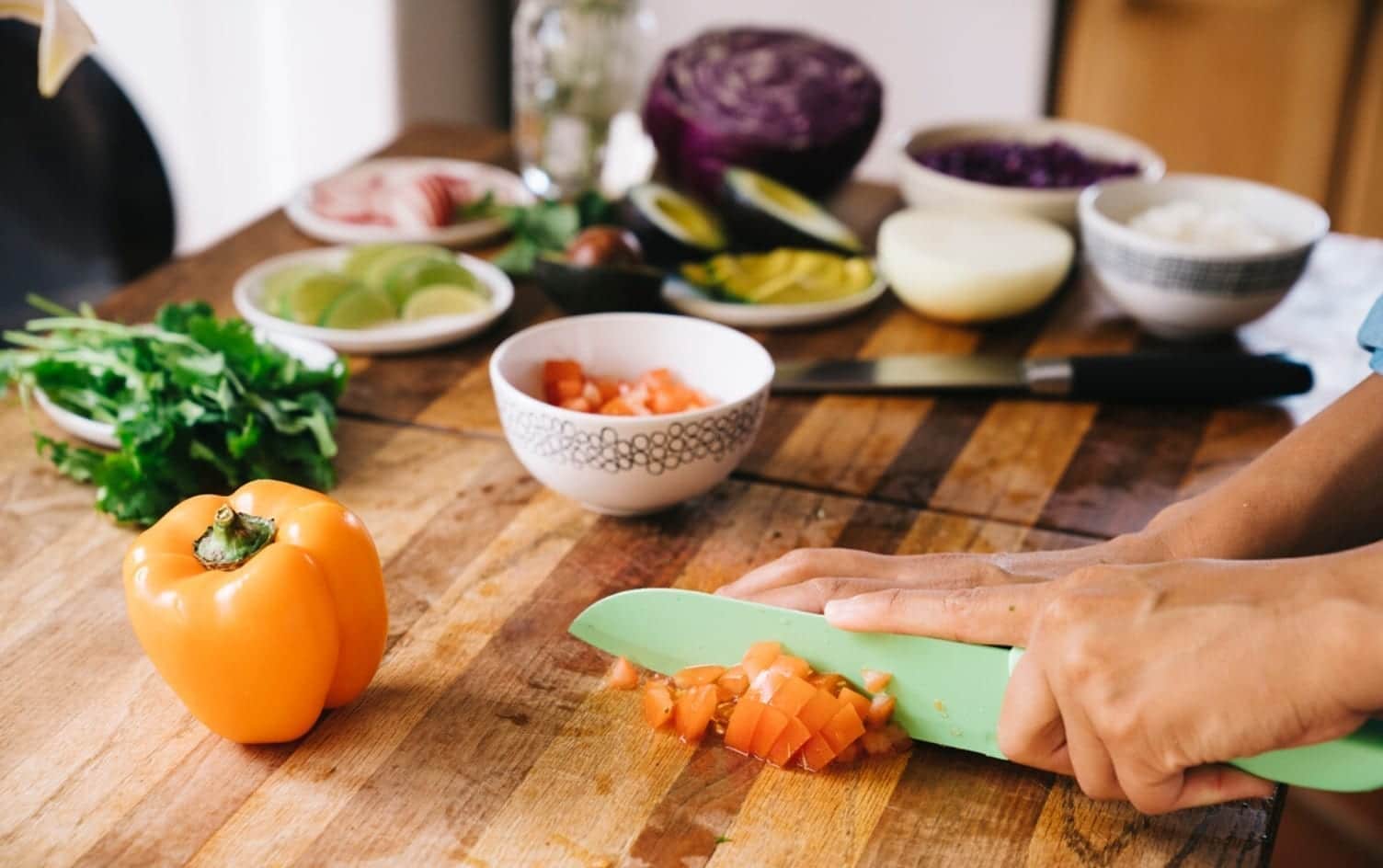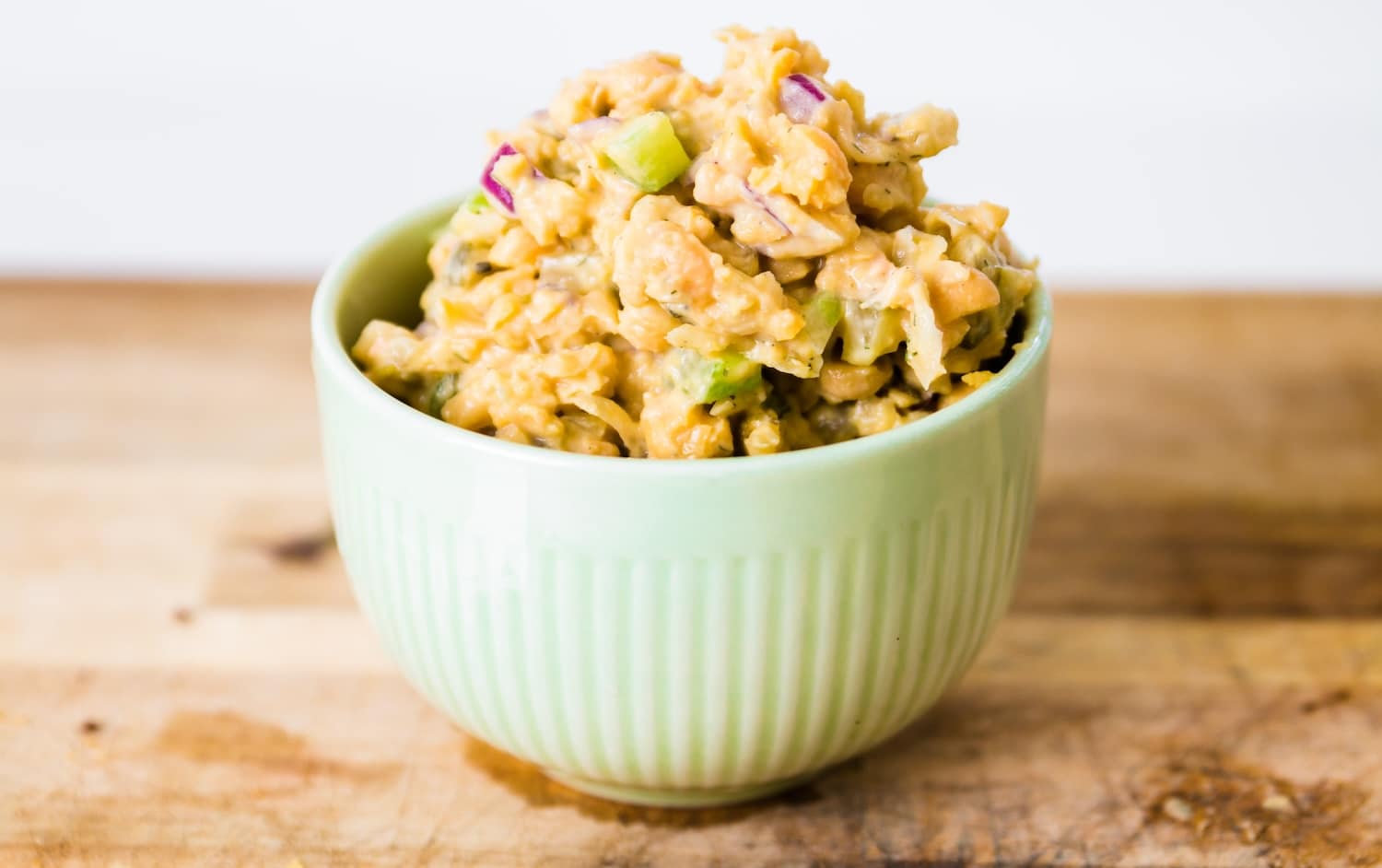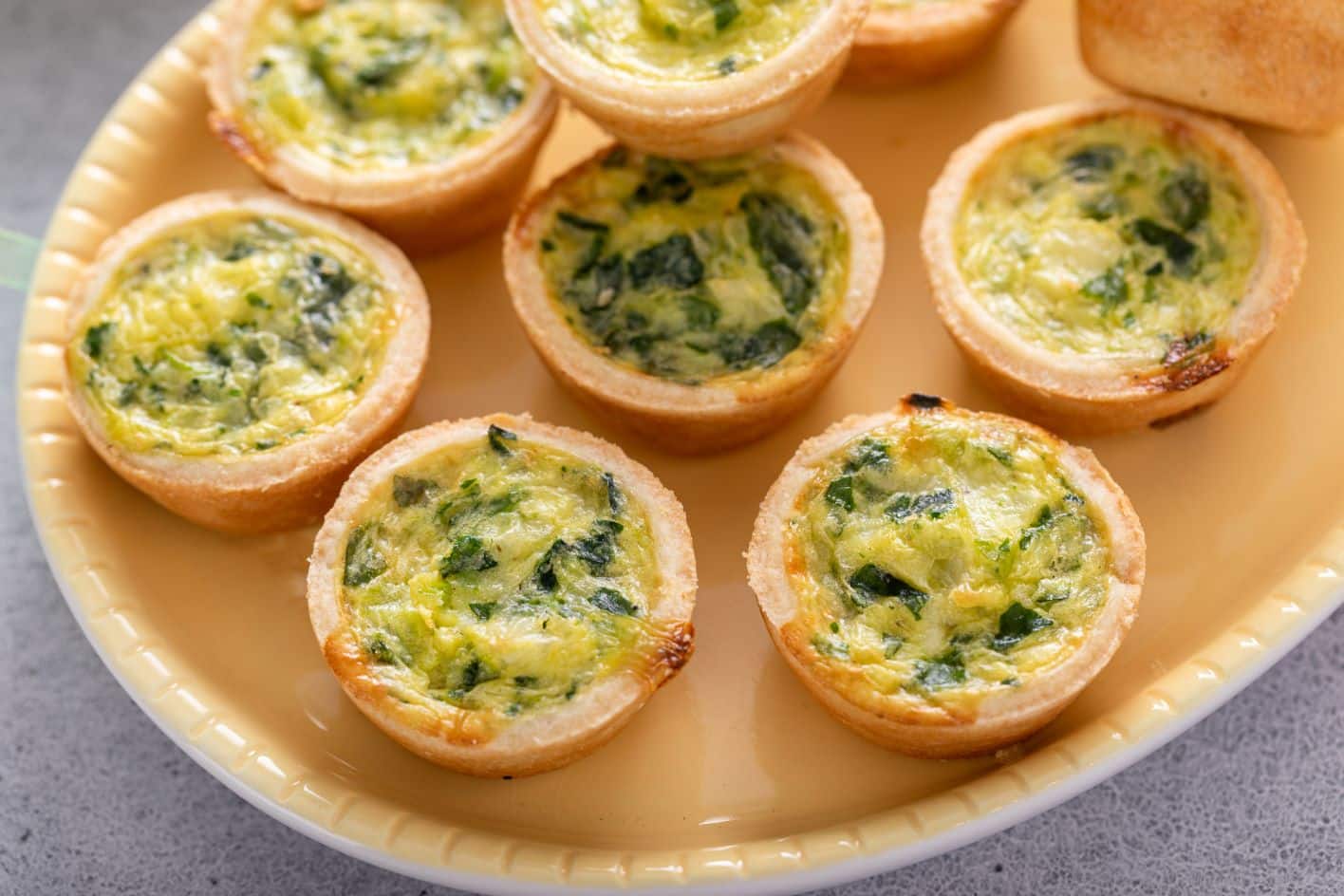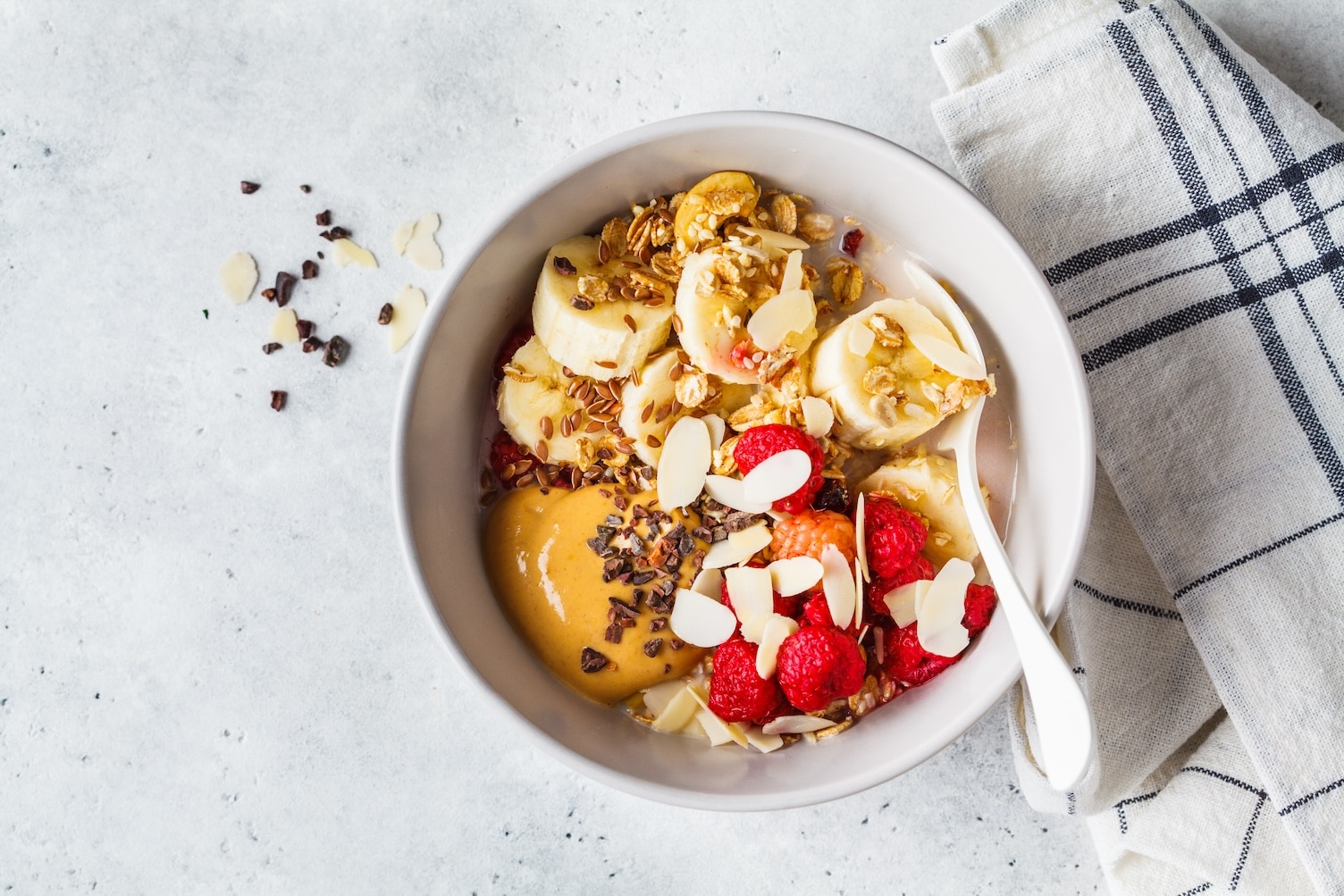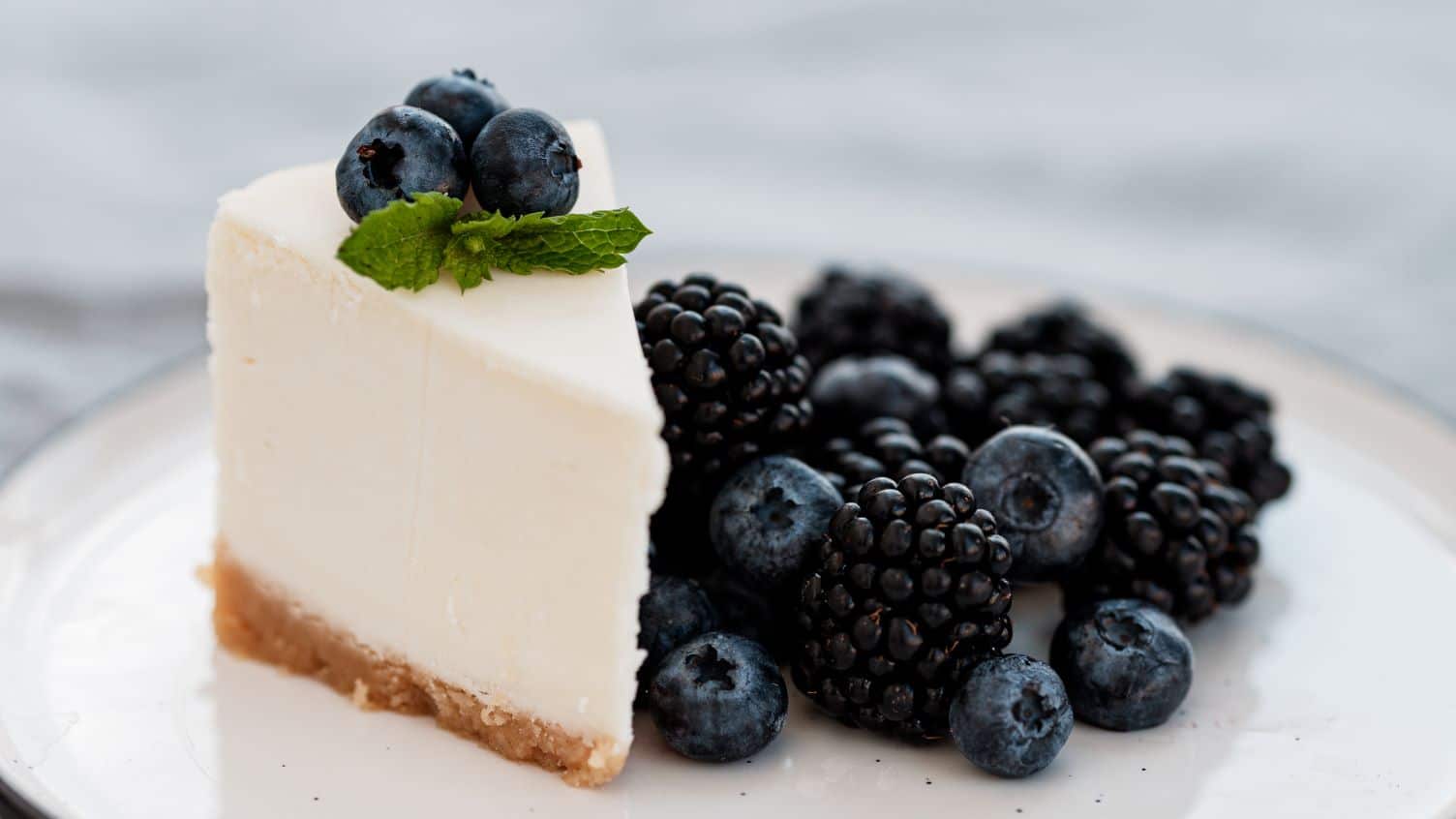Inflammation acts as the body’s natural defense mechanism, a signal to remove any harmful substances and heal damaged tissue. While acute inflammation is normal, chronic inflammation can be harmful, potentially leading to issues like arthritis, cardiovascular disease and certain cancers.
Luckily, changes in diet could help reduce inflammation. “In general, an anti-inflammatory diet is one that mimics many healthy eating habits [dietitians] stress to all individuals,” says Alicia Romano, RD. “It’s rich in a variety of plant-based foods, high in fiber, reduced in saturated fat and limited in processed foods and refined sugar.”
Here, 10 things to know before trying an anti-inflammatory diet:
“You don’t have to manage calories or track macronutrients,” says Mascha Davis, MPH, RDN. Because it’s not focused on numbers, it can be freeing to many who have tried dieting in the past, she explains.
“Rather than a ‘diet,’ it’s an eating plan that fills our plates with nutritionally rich food,” says Romano. While the intention is not specifically focused on weight loss, you may still lose some pounds since the diet is well-rounded and helps promote satiety, she notes.
“We do not have clear science to suggest that one protocol creates a full anti-inflammatory effect in the body,” Romano says. “However, we know that many vitamins, minerals and phytonutrients found in plant-oriented foods have a potential benefit of fighting inflammation in the body.” So, although more research is necessary, she says the benefits of this eating pattern outweigh any risks.
The diet encourages consuming as much fresh food as possible, with an emphasis on vegetables, fruit, whole grains, beans and legumes, healthy fats (like oil, nuts, seeds and avocado), fish and shellfish and whole soy foods (such as tofu, tempeh, seitan, edamame and soy milk). However, it advises reducing the intake of other animal foods — including grass-finished lean meats, poultry, cheese and eggs — to 1–2 servings a week. “You may need to adjust portion sizes,” Davis says.
Many people don’t get enough fiber in their diets. Not only is fiber satiating, but it also feeds healthy gut bacteria. This leads to a better microbiome, which fights inflammation. The anti-inflammatory diet recommends consuming up to 40 grams of fiber a day. “If you fill your plate with vegetables and fruits for fiber and phytonutrients, plus plant-based proteins and healthy fats for fullness and satiation, you will likely find that you are perfectly full,” says Romano.
Cooking at home tends to make it easier to prioritize whole foods. Luckily there are a ton of recipes online and, since you can eat a wide variety of foods, you likely won’t get bored. “The idea is to get away from processed convenience foods,” says Romano. Look for budget-friendly pantry staples to keep your grocery bill from skyrocketing.
READ MORE: How Eating the Rainbow Is Beneficial to Your Health
It may be a little harder to dine outside your home, but it’s not impossible. “Look to crowd your plate with plant-based foods, fish and vegetables, and limit highly processed, highly fatty foods,” says Romano. A glass of red wine is also encouraged on occasion.
“This is a well-rounded, nutritionally sound diet,” says Davis, meaning you likely won’t need supplements. Still, talk to your doctor or a registered dietitian if you have any medical conditions that impact nutrient absorption or have concerns about whether you need supplements or vitamins. Also, “if you do not consume fish or soy, you may need to be mindful of getting enough protein from plant-based sources such as quinoa, seeds and nuts,” adds Romano.
“Although this plan recommends limiting refined foods, highly processed foods and added sugars, this does not inherently mean you have to ‘give up’ your favorite foods or foods you enjoy for pleasure,” says Romano. Rather, you may need to cut back on your consumption of those foods if they’re processed. By not placing anything completely off-limits, it may reduce your cravings.
“I’ve heard anecdotal reports of mood improvements from healthier eating,” says Davis. Moreover, some research shows healthy eating is even more important when you’re stressed. Since stress triggers inflammation, this could be a helpful eating plan to improve mood levels.
“An anti-inflammatory eating plan is incredibly flexible and can be useful for anyone looking to reduce inflammation, lose some weight or just generally eat more healthfully,” says Davis. Whether you are gluten-free, vegetarian or have other dietary restrictions, “it is adaptable for multiple different lifestyles and can be revised throughout life. It may be the last ‘diet’ you need to try.”
Unlock an experience that’s like having a dietitian, trainer and coach — right at your fingertips. Go Premium for expert guidance and exclusive tools that will help you reach your personal health goals.
